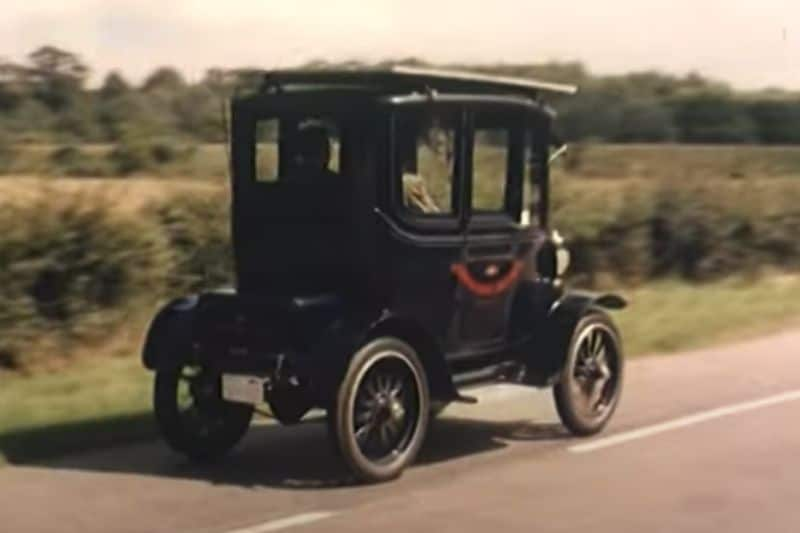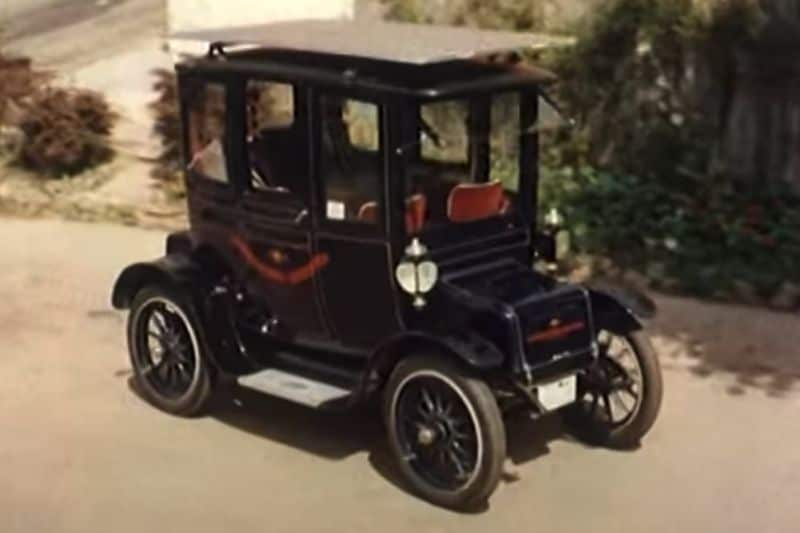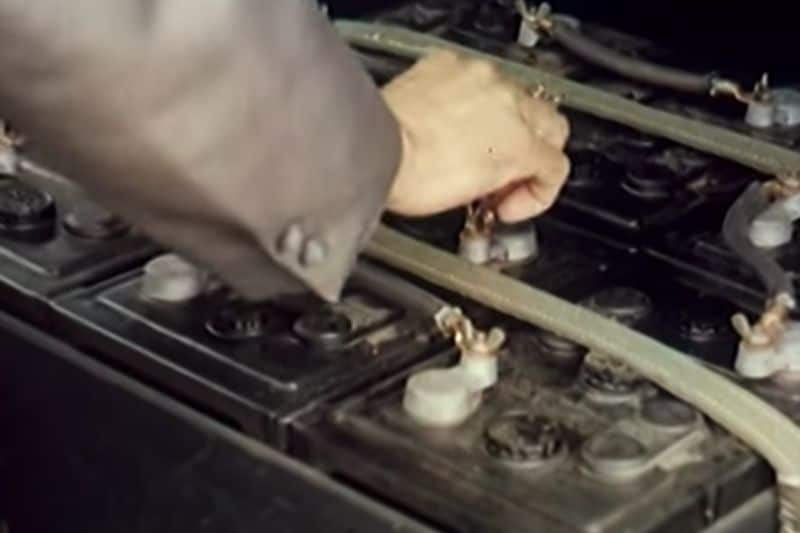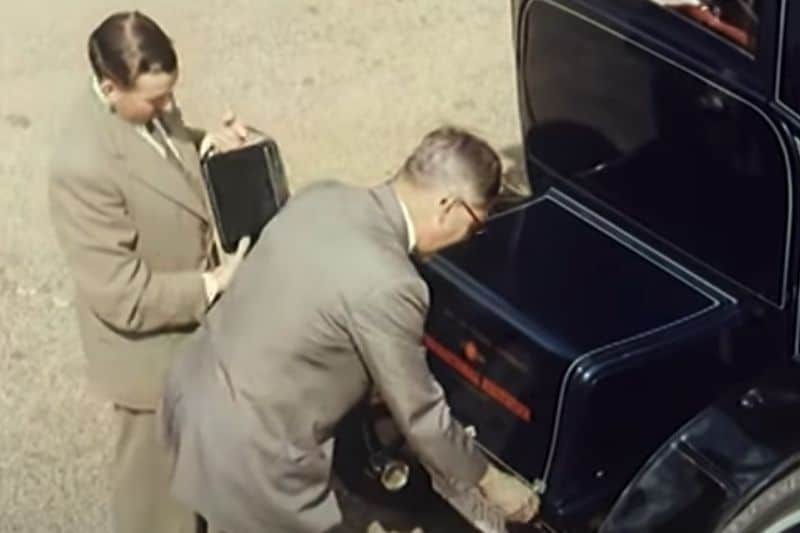Way ahead of their time


The idea of the solar car is starting to trickle down to the production stage with manufacturers such as Lightyear and Sono Motors. That took quite a while, because already in 1962 there was a car that could drive on the power of the sun. Meet engineer Charles A. Escoffery’s converted Baker Electric.
Incidentally, Escoffery’s solar car was not the very first solar car ever built. With that honor, General Motors can get away with it. Engineer William G. Cobb had built a solar car that he presented in 1955. However, that was not a full-fledged car, but a 38 centimeter long scale model of a Corvette with eight solar cells on the hood. That may sound clumsy, but the car could drive under its own power and showed that the technology worked. Unfortunately, General Motors hardly made any effort after that. The company did introduce the ‘Sunraycer’ in 1987, with which it won the very first World Solar Challenge. To this day, however, GM does not build a production solar car.
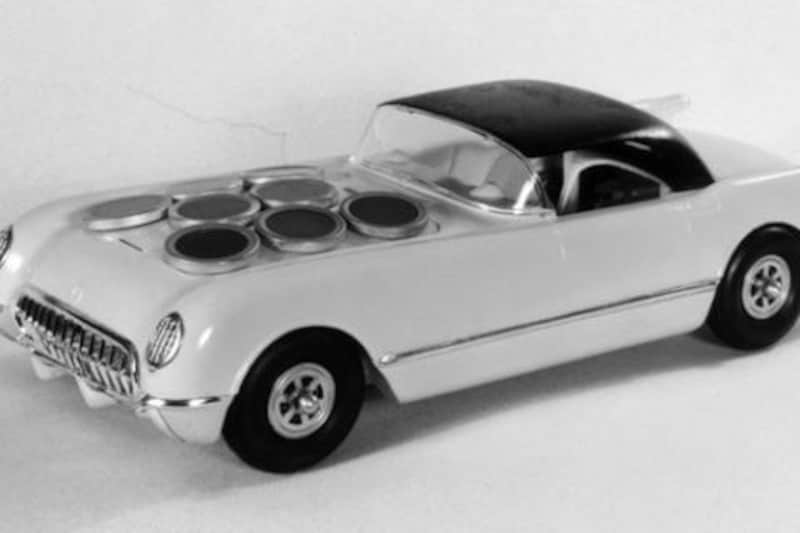
Cobb’s Sunmobile. Source: GM Authority
Although the Sunmobile promoted the idea of driving on solar energy, it was of course not a full-fledged car. It didn’t take long before it was there, though. In 1962, the American engineer and businessman Charles Escoffery showed his solar car, which he had developed together with the International Rectifier Company, a company specializing in electrical solutions. In fact, the solar car was quite simple in design. Because there were no EVs on the market at the time, Escoffery chose the 1912 Baker Electric as the basis for his solar car.
Founded in 1899 and dissolved in 1914, Baker was an American automaker that built only EVs. In fact, it was a kind of Tesla from the last century. The Baker Electric had a set of lead and zinc batteries in the front and rear. The car was also an ideal basis for a solar car because it has a fairly large roof surface. Escoffery didn’t change the look of the Baker Electric. The car only received a plate with 10,000 photovoltaic solar cells on the roof. Power was routed to the batteries via power cables at the front and back of the panel.

The solar panel of Escoffery’s car. Source: British Pathé
High costs, little return
If you left the Baker Electric with the solar panel in the sun for eight to ten hours, the batteries were full. With the batteries fully charged, you could drive for three hours at a maximum speed of 30 km/h. Escoffery’s solar car was therefore not very useful. The project was also quite expensive: the solar panels reportedly cost 20,000 dollars at the time. If we take inflation into account and convert the amount into euros, the costs today would amount to more than €190,000. In other words: don’t do it. Certainly in America, where even middle class cars in the 60s just had an eight-cylinder under the hood. Charles Escoffery therefore also held demonstrations in Great Britain, from which the images accompany this article, and in Amsterdam.
The idea, despite Escoffery’s best efforts, never got off the ground. In fact, 60 years later, there is still no solar car on the market that is somewhat affordable. The Dutch Lightyear is indeed working on this, but for the first production model of the start-up, the Lightyear 0, you have to tap at least €250,000. Another start-up that is working on a solar car is the German Sono Motors with the Sion. You can reserve a Sion for around €30,000, so it seems that it will be the very first affordable solar car for the time being. However, the seed for this was already planted in the 1960s.
The footage comes from this video from YouTube channel British Pathé. There you can also see the solar car in action.
.
– Thanks for information from Autoweek.nl
